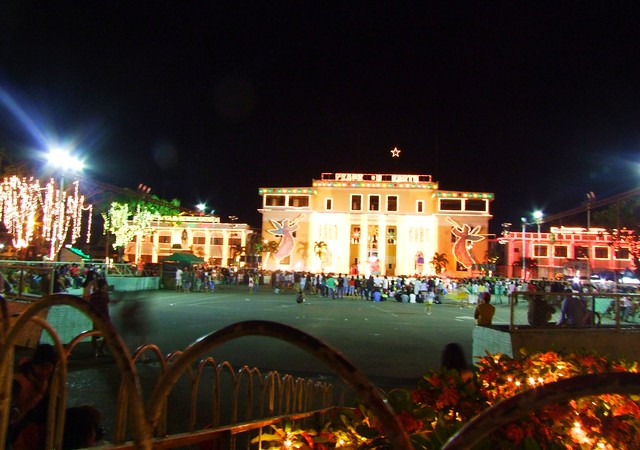
History
Even before the Spaniards discovered La Carlota, it was already an agricultural settlement. The natives grew rice for consumption, and tobacco for export. The earliest known settlement within the jurisdiction of La Carlota was along banks of Candaguit River. It was only in 1856 when historians mentioned about the village Mampunay, and the shift of the two settlements in an area which the parish priest appointed to be the area from settlements, the barrio of Simancas.
In 1856, the barrio of Simancas was placed under the jurisdiction of the Municipality of Valladolid. On July 23, 1864, however, the people of San Enrique, Pontevedra and Simancas were taken away from Valladolid to form the town of San Enrique. On October 15, 1869, the King of Spain issued a Royal Decree elevating Pontevedra into a parish and Simancas into a town. In 1871, King CArlos of Spain issued another Royal Decree changing the name of the town Simancas to La Carlota.
By the 1890’s, La Carlota’s agriculture advances became a model for farms in Negros. During this period the sugar planters of La Carlota had become sophisticated enough to organize a Circulo de Agricultores, the first organization in the island to under take an anti-locust campaign, and to participate actively during the 1898 revolution.
Population/ Language/ Area
La Carlota has a total land area of 137.29 square kilometers and is being inhabited by 63,852 population (2010 census). The city is geographically located at the Southwestern portion of Negros occidental. It is bounded in the North of Bago City, the mountain ranges of Kanlaon Volcano in the East; the town of La Castellana in the Southeast, the town of Pontevedra in the South and the town of San Enrique in the East.
People in La Carlota speaks Hiligaynon as their native language like the rest of the people in Bacolod.
Products and Services
The 2006 Annual General Fund Budget was P 176,243,962.00. Agriculture is the main source of income of the people. Employment and business are also considerable sources of income. Sugar is the main agricultural product of La Carlota.
Tourist Spots
- Guintubdan Pavillion – Guintubdan is smaller compared to other tourist spots in the province. But with many natural features it offers such as waterfalls, scenic views, and many other spell-binding attractions.
- Muscovado Mill Ruins – this sugar mill was constructed in 1910 and was powered by an A & W Smith Company steam engine manufactured in 1883 in Glasgow. The mill was constructed before the establishment of Central Azucarera de la Carlota.
Festivals and Celebrations
- Pasalamat Festival – this festival is based on the tradition of giving thanks to gods of elements after a bountiful harvest by the ancient of Buglas. The city takes on a festive atmosphere during the weeklong celebration, which culminates with a Mardi Gras like parade of floats and caricatures. This festival is held every last week of April or first week of May.
